Carlos Santana, in the luminous tapestry of Mexican music, one name resonates globally, embodying the harmonious fusion of genres and cultures. Born on July 20, 1947, in Autlán de Navarro, Jalisco, Mexico, Santana emerged as a guitar virtuoso whose transcendental sound transcended boundaries, seamlessly blending rock, blues, jazz, and the rich heritage of Latin music. This is the captivating biography of Carlos Santana, the maestro whose melodic alchemy has left an indelible mark on the world.
Roots in Rhythms: Carlos Santana’s Early Years
Carlos Augusto Santana Alves grew up in a household pulsating with the vibrant rhythms of Mexican music. Raised in Autlán de Navarro until the age of eight, Santana’s exposure to the traditional sounds of his homeland laid the groundwork for his later musical exploration. In 1955, his family moved to Tijuana before eventually settling in San Francisco, California.
It was in the Bay Area that Santana’s musical journey took flight. Inspired by the diverse sounds of rock ‘n’ roll, blues, and jazz that permeated the cultural landscape of the 1960s, Santana found his calling in the guitar. His early influences included the likes of B.B. King, John Lee Hooker, and Latin jazz percussionist Tito Puente, creating a unique sonic palette that would become synonymous with his name.
Abraxas: The Santana Sound Takes Flight
In 1966, Santana formed the Santana Blues Band, a collective that would soon redefine the boundaries of musical genres. The band’s breakthrough came in 1969 with the release of their second album, “Abraxas.” This seminal work featured the iconic track “Black Magic Woman,” a melodic blend of blues and Latin rhythms that showcased Santana’s distinctive guitar style.
“Abraxas” catapulted Santana into international acclaim, earning the band widespread recognition and establishing Carlos Santana as a guitar virtuoso with a sound that resonated with audiences across the globe. The album’s fusion of rock, blues, and Latin elements set the stage for the band’s revolutionary approach to music.
Woodstock and the Santana Phenomenon
In August 1969, Santana made a historic appearance at the Woodstock Festival in upstate New York. The band’s electrifying performance, marked by Carlos Santana’s soul-stirring guitar solos, became an iconic moment in the history of rock music. The legendary rendition of “Soul Sacrifice” solidified Santana’s reputation as a guitar maestro, earning them a place among the pantheon of Woodstock legends.
Woodstock was a pivotal moment that propelled Santana into the mainstream. The band’s self-titled debut album, “Santana,” released earlier that year, gained renewed attention, and the Latin-infused rock sound captured the spirit of a generation in search of musical transcendence. Carlos Santana’s ethereal guitar work became a symbol of the counterculture movement, blending spirituality with the rebellious energy of rock.
Devadip Carlos Santana: Spiritual Awakening and Artistic Evolution
In the early 1970s, Carlos Santana underwent a profound spiritual transformation. Influenced by teachings of Eastern philosophy and spirituality, he adopted the name “Devadip,” meaning “the lamp of the light of the lord.” This spiritual awakening not only deepened Santana’s connection to his art but also influenced the direction of the band’s music.
The albums that followed, such as “Caravanserai” (1972) and “Love Devotion Surrender” (1973), reflected Santana’s spiritual exploration. Collaborating with fellow guitar virtuoso John McLaughlin in the latter album, Santana delved into the realms of jazz and fusion, further expanding the boundaries of their sonic landscape. The intricate interplay of guitars showcased a mastery of musical dialogue, creating a transcendent experience for listeners.
Supernatural Resurgence: A Late ’90s Renaissance
After a period of relative quiet, Santana experienced a remarkable resurgence in the late 1990s with the release of the album “Supernatural” in 1999. The album, featuring collaborations with contemporary artists such as Rob Thomas, Eric Clapton, and Lauryn Hill, marked a return to commercial success for Santana. The single “Smooth,” featuring Rob Thomas, became a massive hit, earning Santana multiple Grammy Awards, including Album of the Year.
“Supernatural” not only reinvigorated Santana’s career but also introduced his music to a new generation. The album’s fusion of rock, Latin, and pop elements showcased Santana’s enduring ability to evolve while staying true to his roots. The success of “Supernatural” affirmed Santana’s status as a musical icon with cross-generational appeal.
Inspirations from Across Continents: Shapeshifting Musical Borders
Carlos Santana’s discography is a testament to his commitment to breaking down musical barriers. Albums like “Shaman” (2002) and “Corazón” (2014) continued to explore diverse musical landscapes, incorporating influences from Africa, India, and the Middle East. Santana’s collaboration with international artists reinforced his belief in the universality of music as a medium for cultural exchange and understanding.
The Santana Sound: A Fusion of Harmonies
What defines the Santana sound is not just the virtuosity of Carlos’s guitar but the collective harmony of the band. The enduring core members, including percussionist Michael Carabello, drummer Michael Shrieve, and vocalist Greg Rolie, have been integral to the band’s sonic identity. The Afro-Latin percussion, the pulsating rhythms, and the melodic guitar lines create a tapestry that transcends genres, evoking emotions that resonate with audiences of all backgrounds.
Legacy and Cultural Impact: Beyond the Music
Carlos Santana’s impact extends beyond the realm of music. His legacy is one of cultural harmony, spiritual consciousness, and a commitment to social justice. The Milagro Foundation, founded by Santana and his family in 1998, supports underserved children and youth in the areas of education, health, and the arts. This philanthropic endeavor reflects Santana’s belief in the transformative power of music to uplift communities and inspire positive change.
Santana’s Enduring Influence: A Living Legend
As Carlos Santana continues to evolve as an artist, his influence remains undiminished. Whether captivating audiences with his mesmerizing guitar solos or engaging in collaborative projects that transcend genres, Santana’s journey is a testament to the universality of music as a force for unity and cultural celebration.
In 2013, Carlos Santana was inducted into the Rock and Roll Hall of Fame, affirming his status as a musical luminary. The accolade recognized not only his technical virtuosity but also his ability to weave together a rich tapestry of sounds that traverse continents and bridge cultural divides.
Conclusion: The Sonic Shaman’s Ongoing Journey
Carlos Santana’s biography is a story of a sonic shaman, a musical alchemist who continues to shape the landscape of global music. From the soulful streets of Autlán de Navarro to the international stages of Woodstock and beyond, Santana’s journey is one of perpetual exploration and artistic reinvention.
As we listen to the timeless melodies of Santana’s guitar, we are reminded that music has the power to transcend borders, connect souls, and ignite the spirit of unity
. Carlos Santana’s legacy is not just a collection of albums; it is a living testament to the enduring power of music to inspire, uplift, and transform lives. In the hands of this maestro, the guitar becomes a conduit for cultural harmony, and the notes played are more than sounds – they are a celebration of the rich tapestry of human existence.
.- Youtube Feature Video: Santana – Maria Maria (Official Video) ft. The Product G&B Link here.


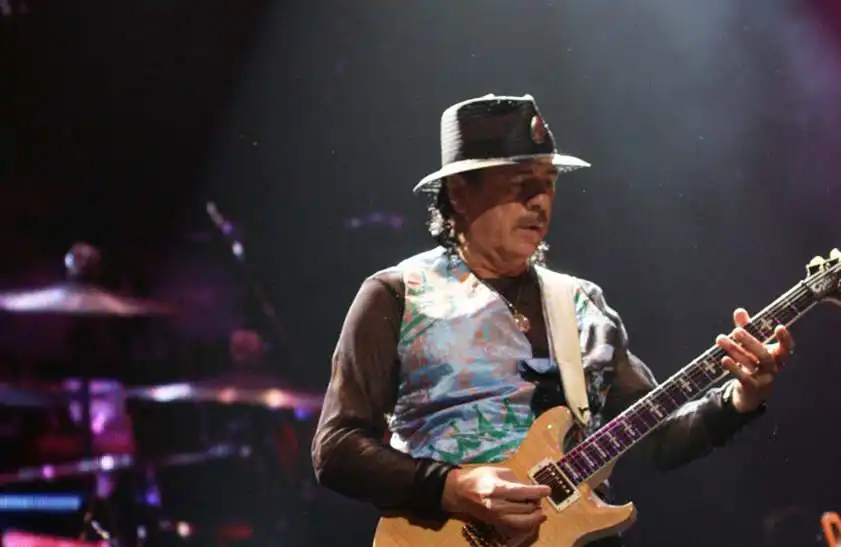



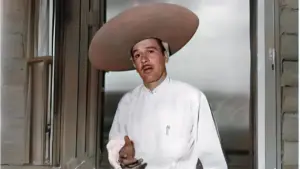
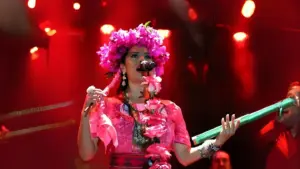







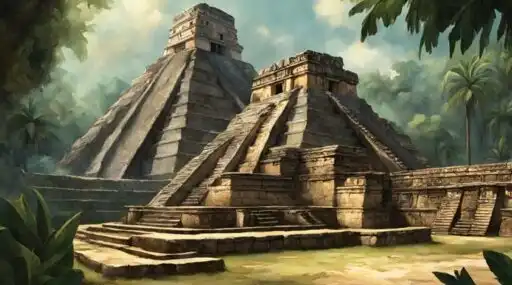
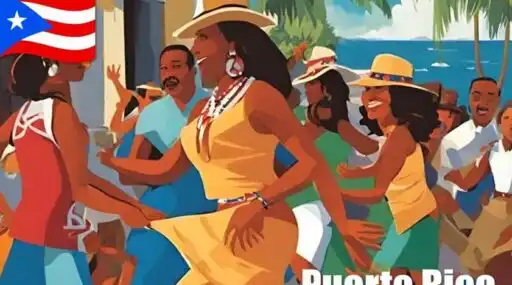
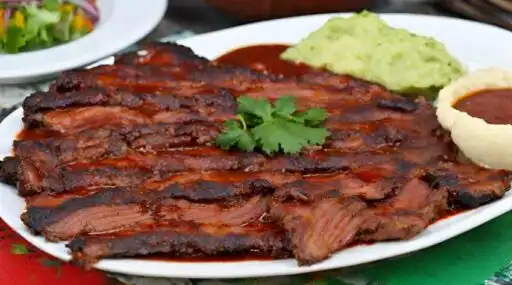


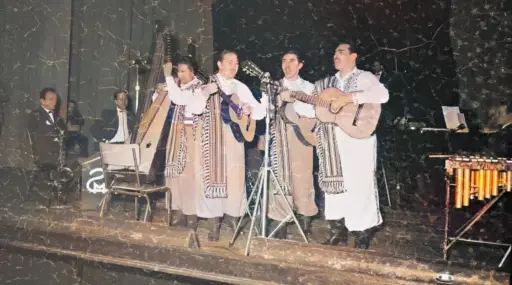

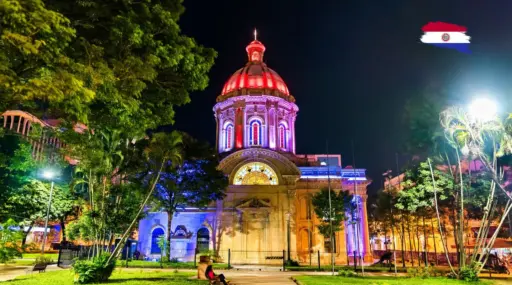
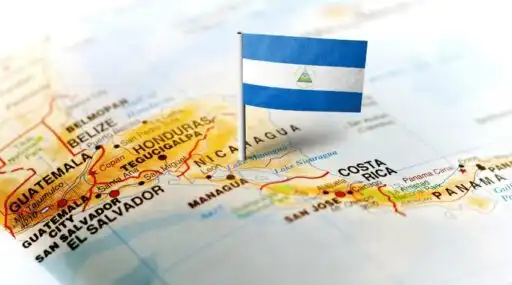


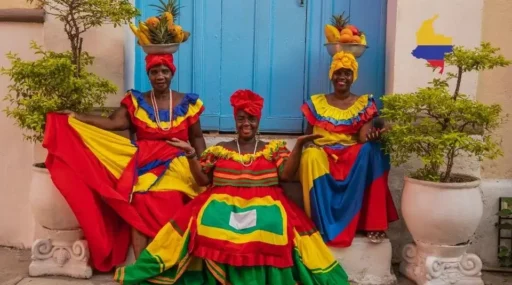















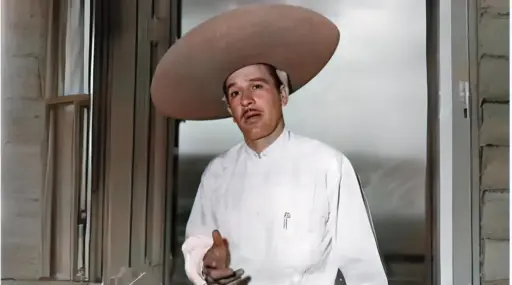
Leave a Reply